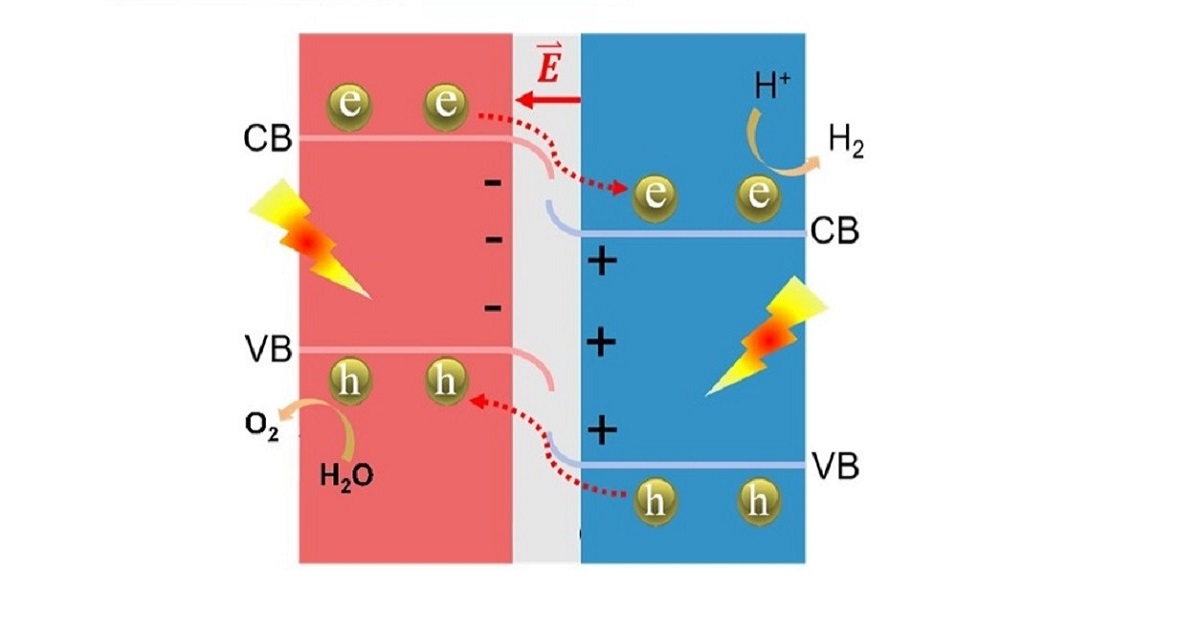- 3.2Impact Factor
- 6.4CiteScore
- 16 daysTime to First Decision
Advancing Photocatalytic Materials for Hydrogen Production
This special issue belongs to the section “Catalytic Materials“.
Special Issue Information
Dear Colleagues,
It is our great pleasure to introduce this innovative and forward-looking interdisciplinary Topic entitled "Advancing Photocatalytic Materials for Hydrogen Production". Photocatalytic water-splitting technology represents a revolutionary approach to converting solar energy into storable hydrogen fuel while simultaneously addressing environmental sustainability challenges. This emerging frontier not only offers a carbon-neutral pathway for large-scale hydrogen generation but also demonstrates transformative potential for renewable energy storage, green chemical synthesis, and next-generation fuel cell applications. The unique capability of photocatalytic systems to harness sunlight for hydrogen evolution with minimal environmental footprint positions this technology as a critical solution to global energy transition demands.
This Special Issue seeks cutting-edge contributions encompassing the following:
- Novel photocatalyst design and optimization;
- Fundamental mechanisms of charge carrier dynamics;
- Advanced material synthesis methodologies;
- Scalable fabrication techniques.
We enthusiastically invite original research articles and comprehensive reviews that push the boundaries of photocatalytic hydrogen production. Selected high-impact contributions will benefit from open-access dissemination through our premium platform, reaching a global interdisciplinary audience of materials scientists, energy researchers, and environmental technologists. Your pioneering work will help shape the future landscape of solar-driven hydrogen economies and accelerate progress toward the Sustainable Development Goals.
Dr. Youzi Zhang
Dr. Nanxi Miao
Guest Editors
Manuscript Submission Information
Manuscripts should be submitted online at www.mdpi.com by registering and logging in to this website. Once you are registered, click here to go to the submission form. Manuscripts can be submitted until the deadline. All submissions that pass pre-check are peer-reviewed. Accepted papers will be published continuously in the journal (as soon as accepted) and will be listed together on the special issue website. Research articles, review articles as well as short communications are invited. For planned papers, a title and short abstract (about 250 words) can be sent to the Editorial Office for assessment.
Submitted manuscripts should not have been published previously, nor be under consideration for publication elsewhere (except conference proceedings papers). All manuscripts are thoroughly refereed through a single-blind peer-review process. A guide for authors and other relevant information for submission of manuscripts is available on the Instructions for Authors page. Materials is an international peer-reviewed open access semimonthly journal published by MDPI.
Please visit the Instructions for Authors page before submitting a manuscript. The Article Processing Charge (APC) for publication in this open access journal is 2600 CHF (Swiss Francs). Submitted papers should be well formatted and use good English. Authors may use MDPI's English editing service prior to publication or during author revisions.
Keywords
- photocatalysts
- nanostructures
- band gap engineering
- photocatalytic hydrogen evolution
- photo-corrosion
- hydrogen–oxygen recombination

Benefits of Publishing in a Special Issue
- Ease of navigation: Grouping papers by topic helps scholars navigate broad scope journals more efficiently.
- Greater discoverability: Special Issues support the reach and impact of scientific research. Articles in Special Issues are more discoverable and cited more frequently.
- Expansion of research network: Special Issues facilitate connections among authors, fostering scientific collaborations.
- External promotion: Articles in Special Issues are often promoted through the journal's social media, increasing their visibility.
- e-Book format: Special Issues with more than 10 articles can be published as dedicated e-books, ensuring wide and rapid dissemination.

